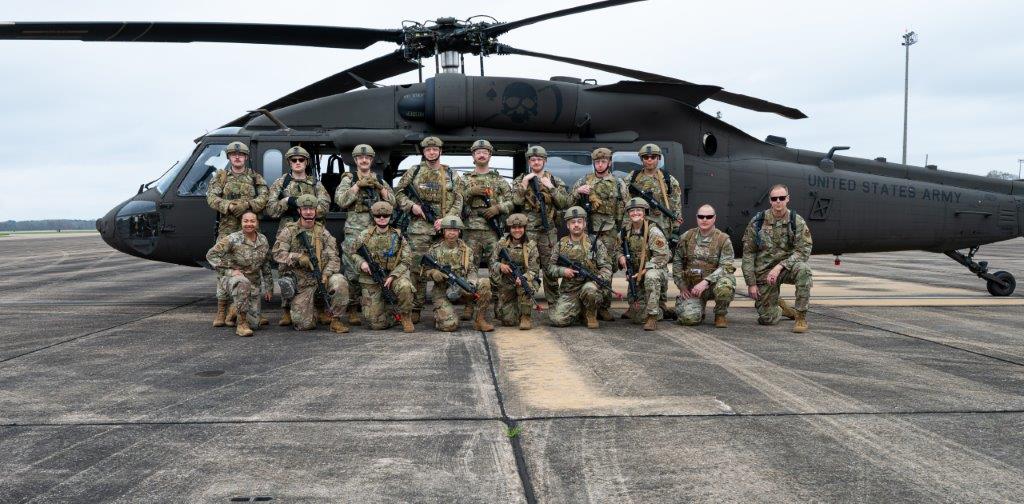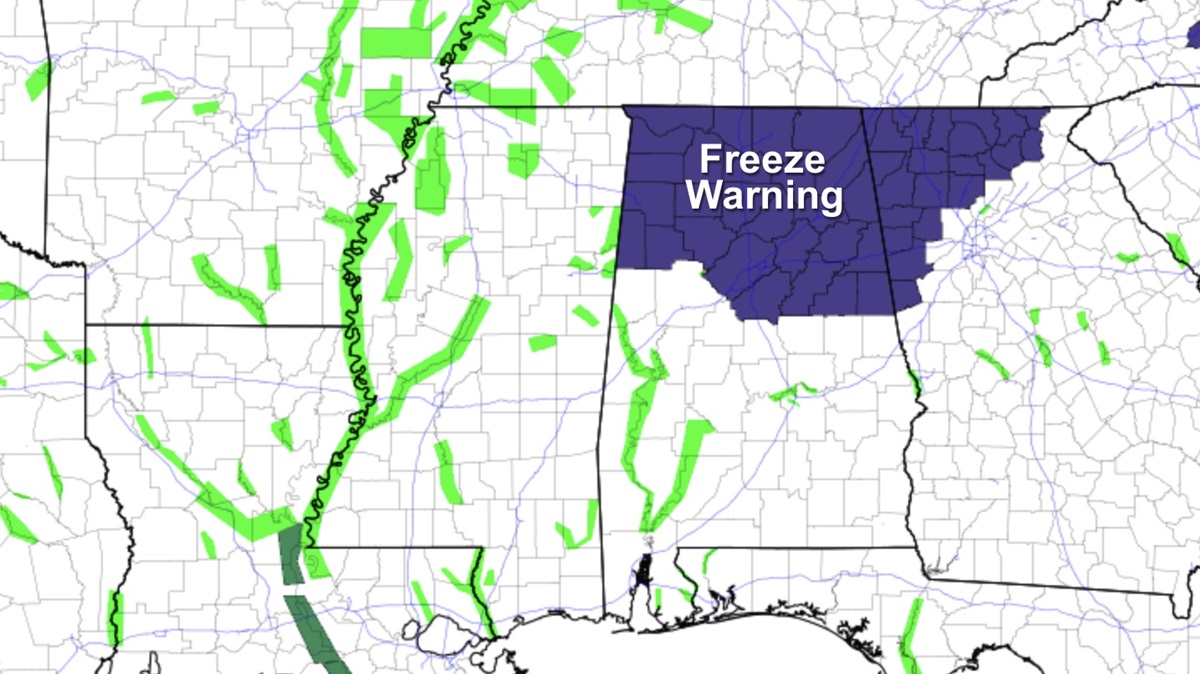Alabama Gulf Coast nature trail now more accessible to visitors with disabilities

Jeff Friend Trail, one of the quickest and easiest ways to connect with nature at the Gulf Coast, is now more accessible to people with disabilities.
“It’s really convenient for those who don’t have a lot of time or have little kids and want to see the area,” said Brittany Petersen, assistant refuge manager at Bon Secour National Wildlife Refuge.
Jeff Friend Trail is a 1-mile loop in the refuge that begins near the Gulf Shores city limits on Fort Morgan Road. It goes through maritime forest and along the edge of Little Lagoon.
Bon Secour now handicap accessible from Alabama NewsCenter on Vimeo.
“It was originally built to be ADA (Americans with Disabilities Act) compliant,” Petersen said. “Through normal wear and tear and the coastal environment, it broke down pretty quickly.”
Built in 2005, the Jeff Friend Trail used pea gravel and a type of geo fabric for the walking surface. The boardwalk down to the lagoon was constructed of wood. After more than a decade, the trail needed to be completely reworked.
“Of course, it’s a hiking trail,” Petersen said. “It also leads out to Little Lagoon and there’s great fishing there.”
Jeff Friend Trail is the most accessible of the refuge’s four trails. An average of 1,700 people a month use it. Using $700,000 in Natural Resources Damage Assessment Funds and federal deferred maintenance funds, U.S. Fish and Wildlife overhauled the trail. It was more than just a superficial facelift, Petersen said. The pea gravel was replaced with compacted crushed limestone.
 “It has a lot of fine material, so it packs really well,” Petersen said. “It’s good for people who use wheelchairs and people with decreased mobility. Also, it’s quieter for birders and people who are wildlife watching. The old surface was really noisy.”
“It has a lot of fine material, so it packs really well,” Petersen said. “It’s good for people who use wheelchairs and people with decreased mobility. Also, it’s quieter for birders and people who are wildlife watching. The old surface was really noisy.”
The new surface also handles root growth better. Since the trail runs through a forest of live oaks, magnolias and pines and has lots of undergrowth like saw palmettos, roots eventually will find their way beneath the walking surface. The wooden boardwalks have been replaced with a recycled composite material. It provides a smooth surface that will withstand the harsh coastal conditions better than wood.
“We wanted a trail that was sustainable with low maintenance costs,” Petersen said. “It might cost a pretty penny up front but we won’t have to keep putting money into it.”
A lot of the money went into engineering.
“There’s no such thing as over-engineering when you live at the Gulf Coast,” Petersen said.

Petersen said the aim was to have no more than a 5 percent grade on the boardwalk to make it more accommodating to wheelchairs. It was designed to be at least 12 inches off the ground, so small wildlife species could go beneath it, and no more than 30 inches off the ground so that it wouldn’t require handrails.
“I feel like handrails separate you from nature,” Petersen said.
As the trail passes in front of Little Lagoon, it includes three observation platforms with benches.
“This is the perfect place to sit and watch the sunset,” Petersen said with a smile as she looked out over the water.
The trail has a variety of users. In addition to people who enjoy a hike through a natural setting, the trail is popular with anglers. The west end of Little Lagoon is one of its most secluded sections and the area offers good fishing for speckled trout, flounder and redfish.
 Peterson points to a finger of land sticking out into the lagoon. Just beyond it is a deep hole where she takes her kayak and fishes for flounder.
Peterson points to a finger of land sticking out into the lagoon. Just beyond it is a deep hole where she takes her kayak and fishes for flounder.
The 7,000-acre refuge on the Fort Morgan Peninsula was created in 1980 through a grass-roots effort to preserve habitat for neotropical migratory birds. It is a staging area for migratory birds flying across the Gulf of Mexico to southern Mexico and Central America.
“It’s the last place to stop and refuel before crossing the Gulf and the first place to stop and refuel after crossing the Gulf,” Petersen said.
That makes Jeff Friend Trail a good place for birders to look for species like black and white warblers, summer tanagers, indigo buntings and rose-breasted grosbeaks.
It is also a stopover for migrating butterflies. Currently, monarchs are passing through but there are other species, too.
The refuge uses Jeff Friend Trail for its “Winter Walk and Talks.” Volunteers talk to visitors about subjects ranging from birds and butterflies to edible and medicinal plants. The trail’s location and accessibility make it useful for multiple purposes. Petersen said continued improvements will be made as funds become available.





